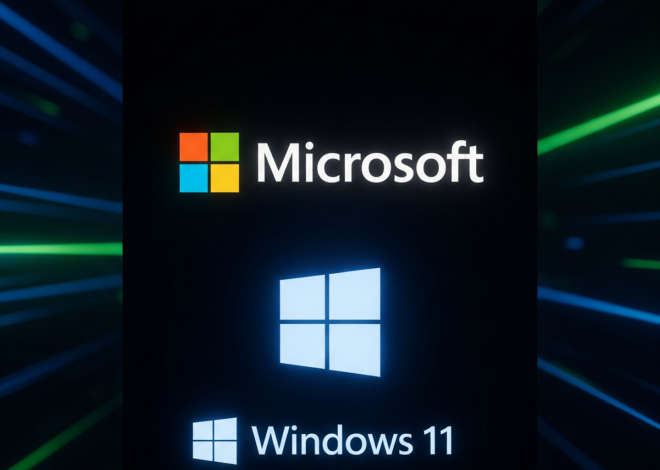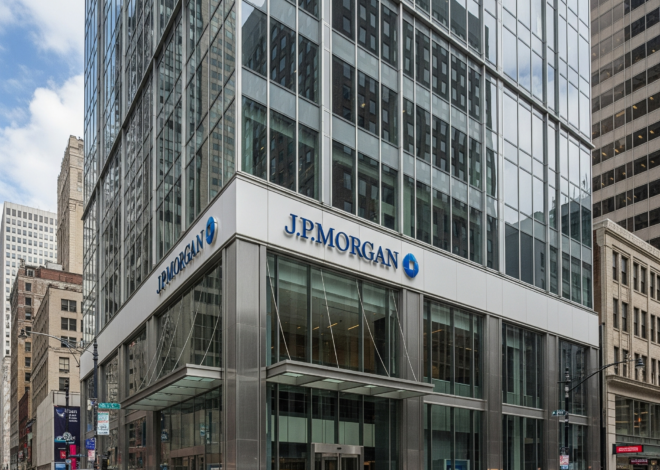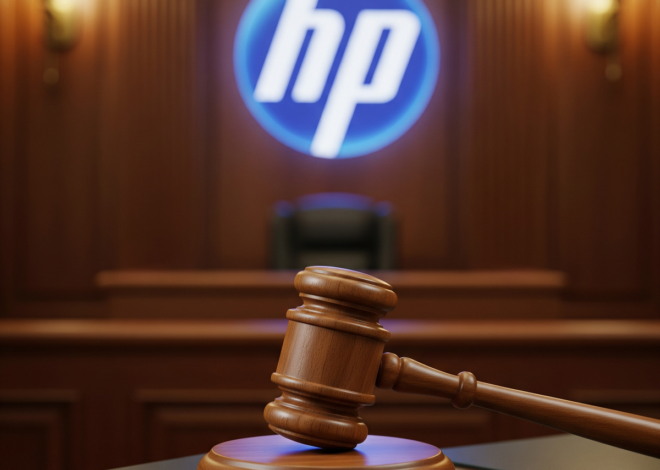
Cardano Gears Up for Major Network Upgrade: Hoskinson Unveils Plans for Enhanced Performance and Babel Fees
- Cardano founder Charles Hoskinson announced plans to enhance the network’s performance through updates to validation zones and the introduction of Babel Fees following the release of the Ouroboros Peras Protocol.
- These upgrades aim to resolve longstanding issues, potentially boosting ADA’s utility and price, though the token is currently down 2% amid low investor interest.
Cardano, a leading blockchain network, is preparing for another significant upgrade following the release of the Ouroboros Peras Protocol. Charles Hoskinson, the founder of Cardano, recently revealed plans for new updates aimed at enhancing the network’s overall performance, with a particular focus on improving validation zones. These updates have been well received by the crypto community, as Cardano’s frequent development efforts are seen as pivotal for future user growth.
Charles Hoskinson Supports Developer Proposals
In a recent post on X (formerly Twitter), Hoskinson supported comments made by Cardano developer Andrew Westberg, indicating that these upcoming updates are long overdue. The proposed changes to validator zones are expected to address long-standing issues and introduce Babel Fees, a feature that aims to improve the efficiency of the network. Babel Fees allow users to pay transaction fees in tokens other than ADA, adding flexibility to the network’s transaction process.
Westberg outlined several technical challenges that the network faces, including “intents” within the system. Intents refer to improperly specified user actions that create friction in blockchain transactions. According to Westberg, these issues can be addressed through custom logic, which allows users to better encode their actions. However, this comes at a high cost, as it requires the Cardano network to reach consensus not only on settlements but also on the intent of user actions. This could prove expensive, especially for use cases with high transaction volumes, such as trading orders.
While these updates are necessary for improving throughput, Hoskinson noted that the current fast finality feature in Ouroboros Peras primarily benefits partner chains, leaving room for further improvements on the main Cardano chain. The developer also mentioned that increasing block sizes and addressing UTXO contention—an issue where multiple transactions compete for the same unspent outputs—could further enhance network performance, especially for decentralized applications (DApps).
Will ADA Price Surge?
Historically, Cardano’s network upgrades have been closely followed by increases in ADA’s price. As transaction volumes rise due to the buzz surrounding new developments, users often increase their activity within the ecosystem, driving demand for ADA. This pattern has been observed with previous upgrades, and many anticipate that the forthcoming updates could similarly influence the asset’s price.
Currently, ADA is trading at $0.35, down 2% over the last 24 hours, despite a broader market rally driven by Bitcoin surpassing $67,000. Although Cardano has seen major advancements, the ADA token has struggled in the short term, with low investor interest creating downward pressure. However, as the network continues to roll out significant updates, there is optimism that ADA could rebound and see price increases in the coming months.
The upcoming network enhancements not only position Cardano to improve its performance but also highlight its commitment to continuous innovation, reinforcing its potential to attract more users and developers to the platform. Whether these changes will translate into a significant ADA price surge remains to be seen, but the upgrades are likely to play a crucial role in Cardano’s long-term growth.


